Sleep Apnea Treatment Owasso
Stop Your Breathing from Being Interrupted During Sleep

You’re very diligent about going to bed at the same time every night in order to get at least seven to nine hours of sleep. Despite this, you often feel extremely tired during the day. Could it be that you’re not resting as well as you might think? Many people suffer from a disorder called sleep apnea, which can disrupt your slumber without you even realizing it. The good news is that we offer several options to help you get a better night’s rest with customized sleep apnea treatment in Owasso. Call us today if you’re tired of letting sleep apnea decrease the quality of your life.
Why Choose Life Smiles of Owasso for Sleep Apnea Treatment?
- Multiple Options for Sleep Apnea Treatment
- Highly Trained, Knowledgeable Dentist
- Advanced Diagnostic Imaging Technology
What is Sleep Apnea?
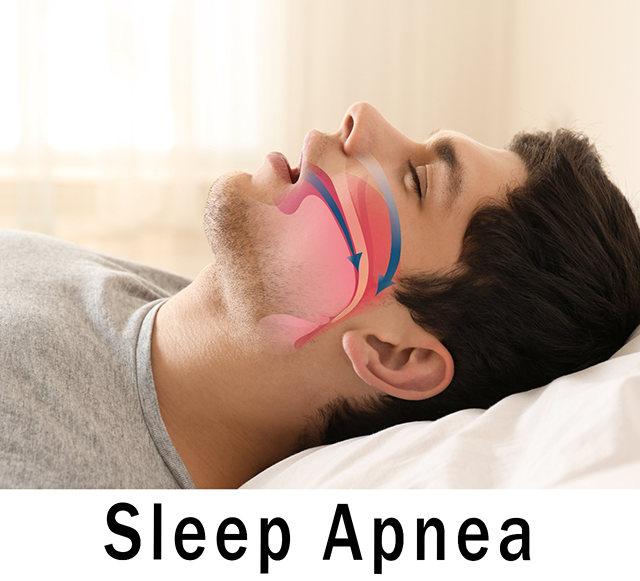
Sleep apnea is a serious sleep disorder characterized by lapses in breathing for 10 seconds or longer. If you have already tried seeking a solution for sleep apnea, you likely realize that treating it can be challenging. Many patients are disappointed by one treatment after another and struggle to find relief for their snoring and sleep apnea. Even so, sleep apnea treatment in Owasso is vital, as leaving it untreated can lead to an increased risk of serious health issues such as diabetes, heart disease, or stroke.
Health Risks of Sleep Apnea
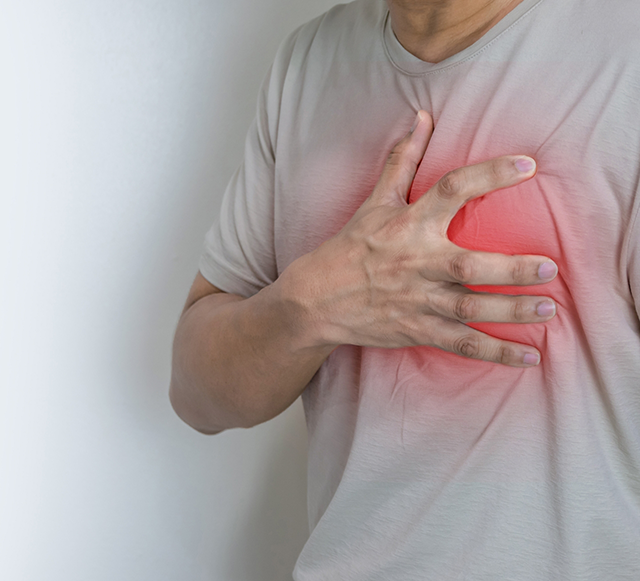
Obstructed breathing is an obvious concern – and the various other symptoms are unpleasant – but leaving obstructive sleep apnea untreated in Owasso increases your risk of developing other extremely serious health conditions, such as:
- Diabetes
- Heart disease
- High blood pressure
- Stroke
The more severe sleep apnea is, the greater your chances of developing the serious health conditions mentioned above. Untreated sleep apnea can even shorten your overall lifespan, making a visit to a doctor or a trained sleep apnea dentist imperative to your overall health.
Risk Factors for Developing Sleep Apnea
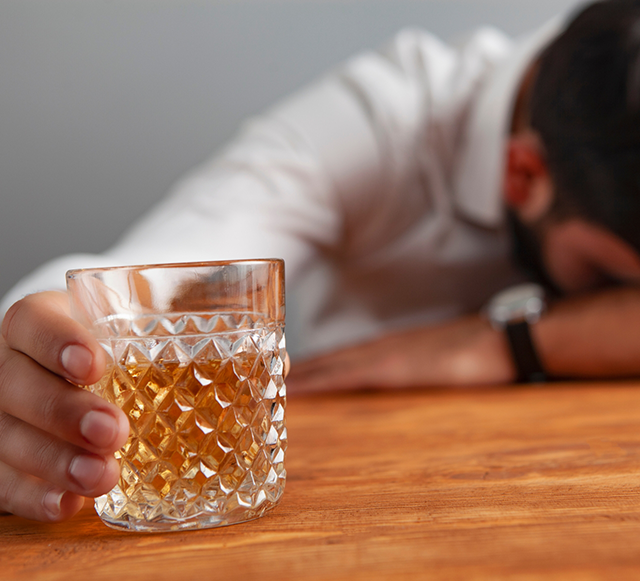
Numerous factors may increase your risk of developing sleep apnea, including:
- A narrow throat – you may have been born with a narrower airway, which makes you more prone to sleep apnea.
- Being overweight – carrying excess weight can cause fat deposits to form around your upper airway and obstruct your breathing.
- Being male – men are two to three times more likely to experience sleep apnea than women.
- Older in age – sleep apnea is more likely to occur in older individuals.
- Use of alcohol – drinking alcohol relaxes your throat muscles, which can make sleep apnea more apparent.
Although these risk factors can increase your chances of ending up with sleep apnea, you can still develop this sleep disorder without checking any of these boxes. If left untreated, sleep apnea can increase your risk of other serious health conditions, so it is imperative to speak to a trusted professional for a diagnosis as soon as possible.
Symptoms of Sleep Apnea

Sleep apnea affects the quality of your nightly sleep and can also lead to symptoms affecting many other parts of your body and daily life, including:
- Choking or gasping while asleep – These are tell-tale signs of a sleep disorder. The airway blockage that occurs while you sleep prevents enough oxygen from passing through. Your brain will wake you to continue breathing, but this doesn’t make for a good night’s rest. Your sleep will be constantly disrupted throughout the night due to this symptom.
- Daytime sleepiness – More severe than grogginess, this level of sleepiness can affect your daily life and make it difficult to do everyday tasks, such as driving a car. You may find it hard to go to work or to do simple tasks like making the bed or doing the dishes.
- Dry mouth upon waking up – This is caused by the decreased flow of saliva as you sleep. This is a lesser-known symptom of sleep apnea.
- Frequent urination – This can be caused by stress on the bladder due to low oxygen levels, as well as disruption to the hormones that are responsible for urine production.
- Headaches – The blood vessels near and in the head may dilate due to an increased level of carbon monoxide. This increase in the size of the blood vessels around your head can lead to headaches, some of which can be severe.
- Mood swings/irritability – This is often due to lack of sleep and simply overall tiredness. Sleep apnea will wake you throughout the night, leading to a lack of good-quality rest. This can cause you to become easily irritated or agitated when you otherwise wouldn’t be if you could sleep well.
- Snoring – Your airway can narrow, preventing oxygen from coming through. This airway blockage results in snoring.
- Trouble concentrating – This is another consequence of a lack of sleep. Quality sleep is vital for the brain to function as it should. Sleep apnea prevents you from getting enough sleep, which can lead to cognitive issues when you are awake.
-
Witnessed apnea episodes – If you have a partner who sleeps in the same bed as you, they may have been the one to point out your snoring, gasping, or choking while you sleep. If your partner is having trouble sleeping due to your sleep apnea symptoms, it’s time to speak to a doctor.
Sleep Apnea At-Home Testing
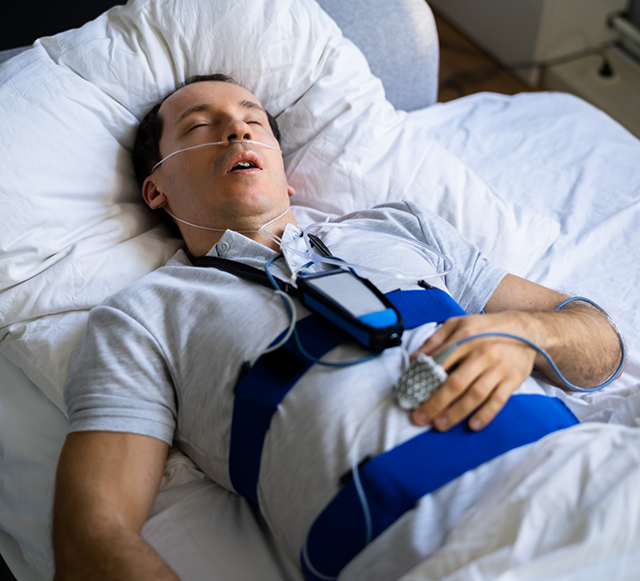
Even if you’re currently experiencing symptoms associated with sleep apnea, that isn’t necessarily enough to say that you have the disorder. Dr. Lim can help make arrangements for you to undergo an at-home sleep test. This can narrow down whether or not you are truly suffering from sleep apnea so that you can take appropriate action. (Note that depending on the results, it may be necessary for you to visit a doctor or undergo additional sleep testing at a laboratory.)
Sleep Disorders in Children
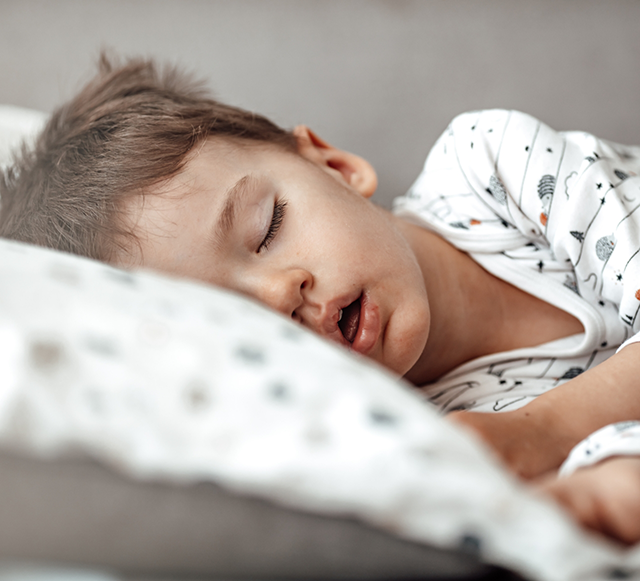
Many young people have issues such as snoring, allergies, crowded teeth, ADHD, small mouth, mouth breathing, behavioral problems, and more that can often stem from the same underlying cause. According to Yale Medicine, at least 2 to 3% of children are believed to suffer from sleep issues, all of which can stem from poor facial and jaw growth that contribute to daytime crankiness, non-optimal breathing while awake and asleep, and other disruptive symptoms. Disordered sleep often most noticeably impacts children who already struggle with ADHD symptoms.
At Life Smiles of Owasso, we can use Vivos therapy for your son or daughter as a safe, non-surgical method to help increase airflow and reduce sleep-disordered breathing throughout the night. This innovative approach can also improve jaw growth and result in a lower risk of crooked/crowded teeth over time for patients with growing smiles!
How Sleep, Breathing, & Growth Problems Can Affect Children

Left untreated, sleep and jaw/airway-related issues have been shown to lead to a host of unpleasant conditions and behaviors for children, including:
- Allergies
- Enlarged tonsils and adenoids
- ADHD
- Small mouth
- Crooked teeth
- Misaligned bite
- Behavior problems
- Bedwetting
- Failure to thrive
- Clenching and grinding at night
- Snoring
- Chronic fatigue
- Hyper/aggressive behaviors
- Dry mouth
- Cavities
- Gum disease
- Anxiety
If your child has several or all of these issues, we may be able to help them with facial growth guidance. In addition to addressing the problems listed above, this kind of treatment can lead a child to having better facial symmetry, a beautifully full face, well-defined jaw structure, a more attractive smile, better health, and improved emotional regulation that contributes to heightened confidence and increased success personally and professionally.
How the Vivos System Can Help Children
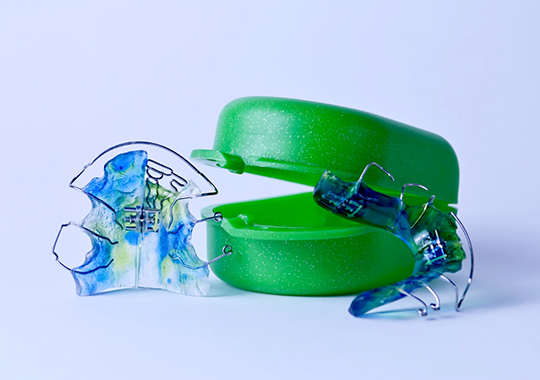
The Vivos system is approved by the FDA to treat mild, moderate, and severe sleep-disordered breathing (including sleep apnea). Our appliances do not merely hold the jaw forward and keep the airway open while a patient sleeps. They are designed to treat the roots of the problem by correcting the source.
Our team is trained and certified to use Vivos to treat children. The best age for younger patients to get this treatment is between 3-12. The Vivos Starter and Vivos Growth appliances help guide facial and jaw development, correcting epigenetic facial issues so children can grow properly physically, mentally, and intellectually.
By treating the real issue and correcting the root problems, we can holistically help young people to be the best they can be. All of these appliances have been cleared by the FDA and been proven clinically, having completed more than 33,000 successful cases.
Vivos Starter
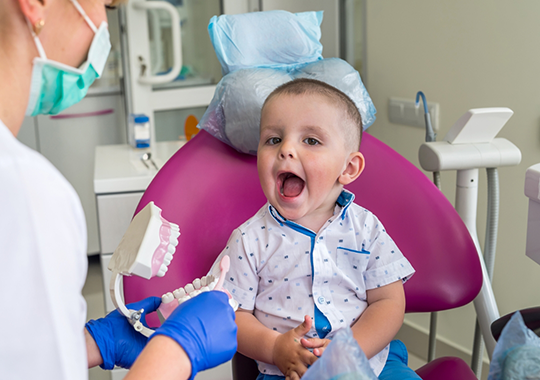
This appliance is typically recommended for patients ages 4 and up, and it is worn passively, which means only while they are sleeping. It comes in two sizes for comfort and promotes nasal breathing, proper arch and jaw development, and correct tongue posture. As indicated by the name, it is often used as the first step of the Vivos treatment process and sets a child up for success with further appliances.
Vivos Growth

We’re proud to use the most advanced form of the Vivos Growth appliance, which is digitally designed from the ground up based on the Vivos arch analysis. Its smooth finish guarantees complete comfort while it helps increase the width of the molar regions. It also comes in multiple sizes to ensure a secure and effective fit.
Sleep Apnea Treatment Options
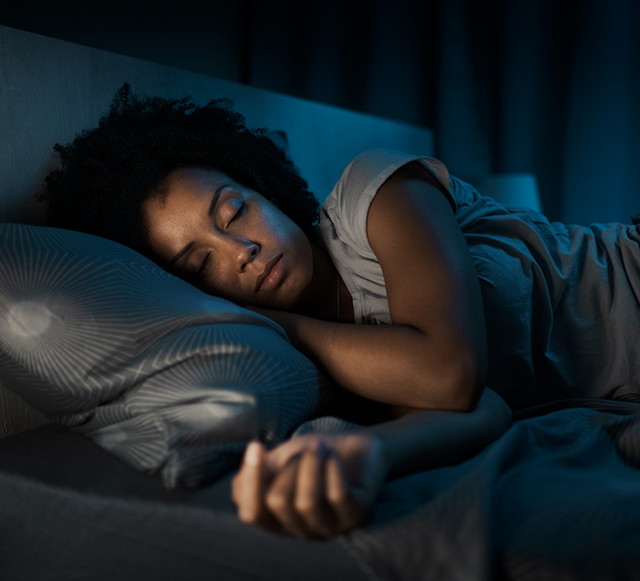
Some cases of sleep apnea are more severe than others, and the underlying cause of the disorder can vary. As such, there are multiple ways to treat sleep apnea; Dr. Lim will consider your circumstances very carefully before explaining which type of treatment would likely work best in your case.
read moreCPAP
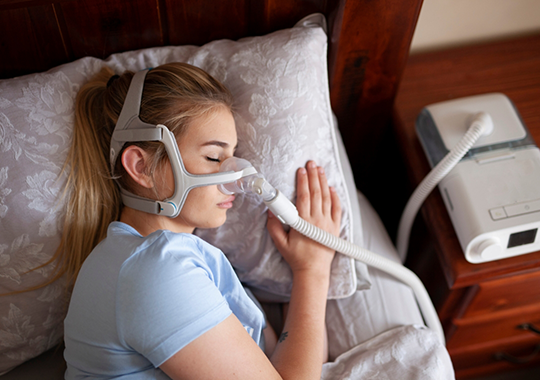
When you go to the doctor to ask about having your sleep apnea treated, chances are that they may recommend CPAP therapy. For this treatment, a special machine uses pressurized air to keep your airway unobstructed while you sleep. However, many patients are CPAP intolerant and stop using the treatment after a while. If you’re unhappy with your CPAP treatment, Dr. Lim may be able to recommend some alternatives for improving the quality of your sleep. We offer a wide variety, including oral appliances, Vivos therapeutic appliances, VGX to help younger patients develop their facial structure, and much more.
Oral Appliance Therapy
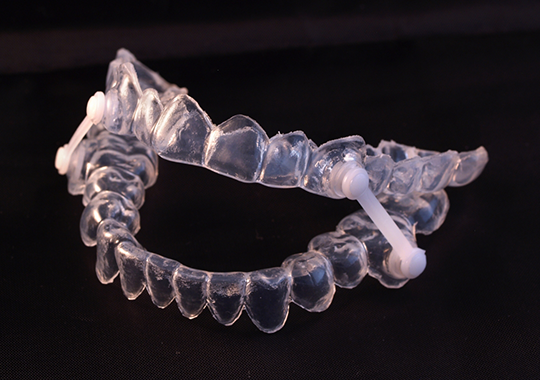
Oral appliances can provide a simple, straightforward way to reduce sleep apnea symptoms. When you wear an oral appliance that has been customized for your mouth, it can slightly adjust the position of your lower jaw, shifting it forward to create a more open airway. In other cases, an oral appliance can be used to hold your tongue in place, thereby ensuring that it won’t collapse and block the flow of air while you’re sleeping.
Learn More About Oral Appliance Therapy
Laser Treatment
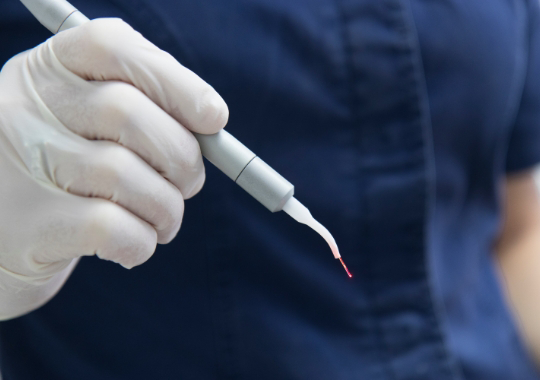
Using gentle laser energy, Dr. Lim will tone and tighten loose tissues inside your throat and soft palate. The laser stimulates the production of collagen in the tissues, and it takes time for this collagen to grow, so you will probably need multiple treatments before you experience the results. This sleep apnea treatment is non-invasive and all-natural, however, and it does not require surgery or wearing an oral appliance.
Full Mouth Restoration
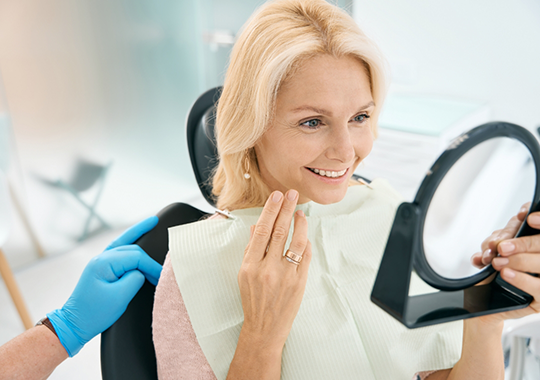
Teeth in themselves are not responsible for blocking the flow of oxygen in your airway. But if extensive dental damage has resulted in an uneven bite, then this could cause your jaw to collapse into a position that closes off your throat when you lie down. Your Owasso sleep apnea dentist may use a form of orthodontics, dental crowns, dental implants, or porcelain veneers to straighten your teeth and improve your bite. These cosmetic dentistry procedures can not only transform the appearance of your smile but also help to relieve your sleep apnea and allow you to get some much-needed rest.
Facial Orthopedics
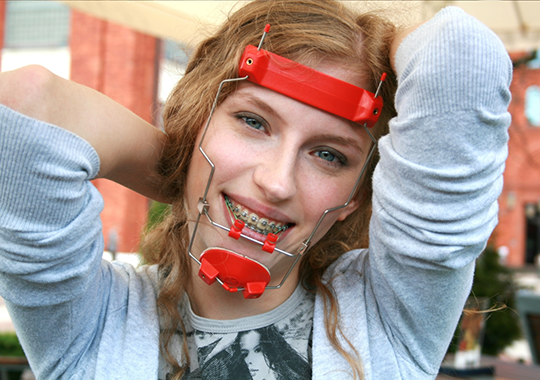
Our sleep apnea dentist has learned that snoring and sleep apnea are commonly caused by an underdeveloped maxilla. In some cases, we will aim to prevent obstructive sleep apnea by using orthopedic facial appliances, encouraging forward growth in the maxilla. This will open up space in the throat, as well as create a more balanced profile as you sleep. It’s truly a win-win.
Vivos Treatment

Did you know that sometimes sleep apnea can be the result of jaws that have failed to develop properly? Sometimes the upper jaw might be underdeveloped, and in other cases, the lower jaw may not be set forward enough. Both of these issues could end up interfering with your breathing while you’re asleep, resulting in sleep apnea episodes. So how can you correct the jaw problems that are interfering with the quality of your nightly rest? The Vivos system may be the answer!
Vivos typically involves wearing a daytime-nighttime appliance (DNA) that gradually expands your upper jaw. Some patients might also have to wear a mandibular repositioning nighttime appliance (MRNA) to guide their lower jaw to a proper resting position. When worn for a certain amount of time, your DNA and MRNA can eventually help your upper and lower jawbones reach the point where they no longer have a negative impact on your ability to breathe while you’re asleep.
Sleep Apnea FAQs
Why See a Dentist for Sleep Apnea Treatment?
Seeing a sleep dentist in Owasso for sleep apnea treatment is one of the best choices you can make! Sleep dentists are specially trained to create custom oral appliances that can gently reposition your jaw and combat your sleep apnea symptoms, and since they have detailed knowledge of the oral anatomy to begin with, they can ensure that each device functions perfectly and fits comfortably. A sleep dentist can also monitor your progress and make adjustments to your treatment plan as needed to ensure that your device continues to fit and provides excellent results.
Can I Diagnose Sleep Apnea on My Own?
No, you cannot diagnose sleep apnea on your own. While symptoms like loud snoring, morning headaches, fatigue, and gasping during sleep may suggest sleep apnea, a proper diagnosis requires a professional sleep study. Dr. Lim and our team are happy to help make arrangements for you to undergo an at-home sleep study. These tests measure your breathing patterns, oxygen levels, and sleep quality to confirm the condition and determine its severity. Self-diagnosing can delay treatment and increase your risk for serious health problems, including heart disease and heightened blood pressure. The bottom line is, if you suspect that you have sleep apnea, or someone has told you that they’ve observed you snoring or gasping for air at night, you shouldn’t hesitate to receive an accurate diagnosis so you can move forward with treatment.
Are There At-Home Remedies for Sleep Apnea?
While professional sleep apnea treatment is always going to be the most effective way of managing the condition, certain at-home remedies can help to reduce symptoms and improve sleep quality. Maintaining a healthy weight, sleeping on your side instead of your back, and avoiding alcohol before bedtime can all help to keep your airway open. Similarly, making sure your bedroom is dark, cool, and free of dust or other allergens like pet dandruff can make a big difference. It’s also worthwhile to establish a consistent sleep schedule by aiming to go to bed around the same time every night.
How Should I Clean My Sleep Apnea Oral Appliance?
To keep your sleep apnea oral appliance in good condition, it’s important to clean it every single day. After each use, rinse it with cool water (never hot) and gently brush it with a soft-bristled toothbrush and mild, non-abrasive soap. Denture cleaner can also be used, but avoid using regular toothpaste since it might scratch the surface. Let the appliance air dry completely before storing it in its protective case. Remember, regular cleaning helps to prevent bacterial buildup, unpleasant odors, and discoloration, and it also ensures your appliance stays uncomfortable and working condition.
TMJ Treatment Dental Implants Full Mouth Reconstruction View Our Services
